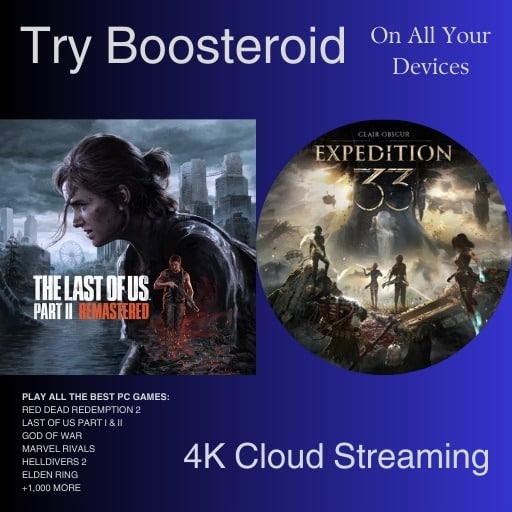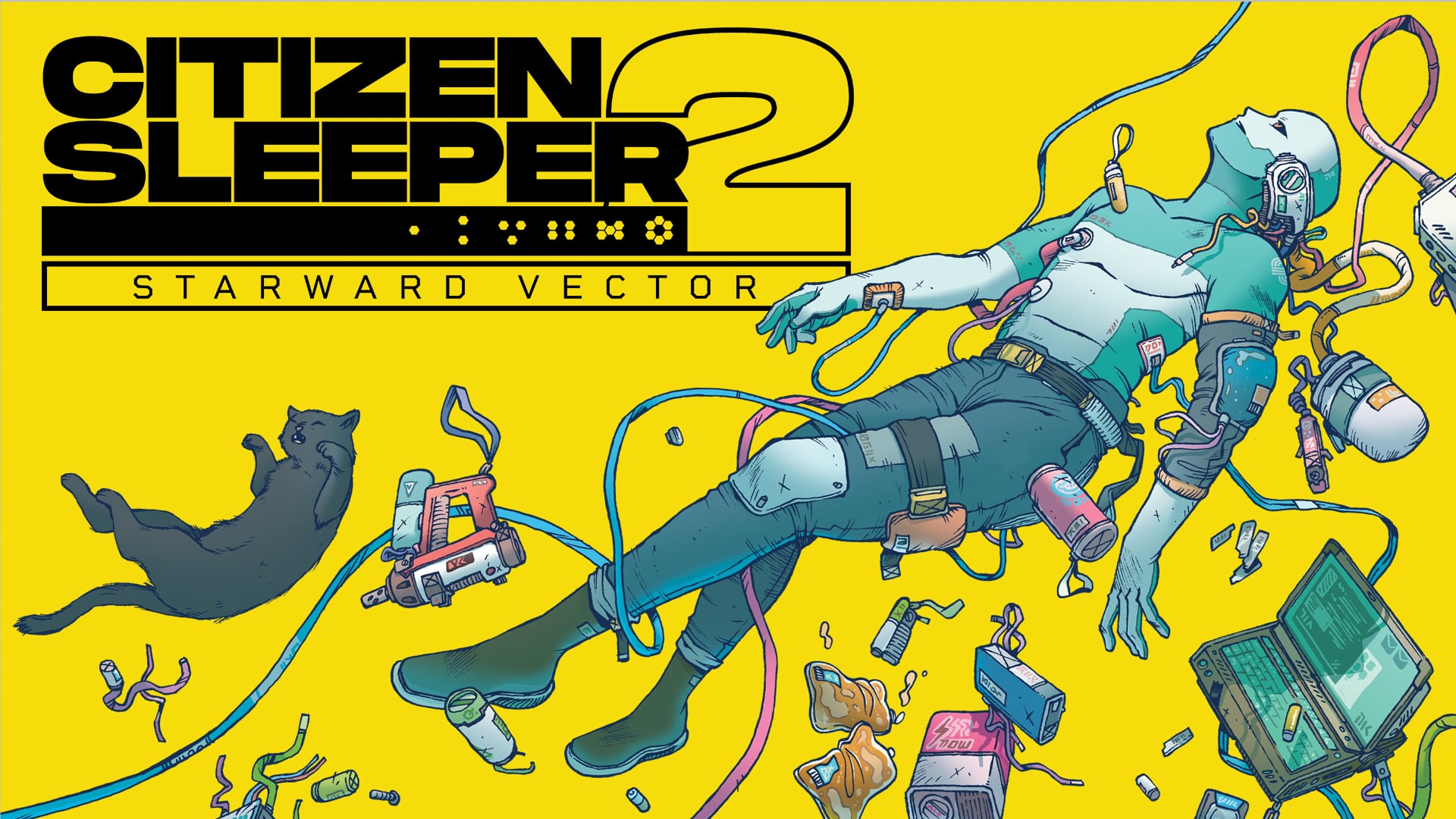
What is Citizen Sleeper?
Before diving into the sequel, newcomers should understand what makes Citizen Sleeper unique. Picture a world where corporations have found a way to digitize human consciousness and install it into artificial bodies called “Sleepers.” These Sleepers are essentially owned property, synthetic workers created to serve corporate interests. The twist? You’re playing as one of these Sleepers who has broken free from corporate control. In this Citizen Sleeper 2 Starward Vector review, we will delve deeper into the game mechanics and storyline.
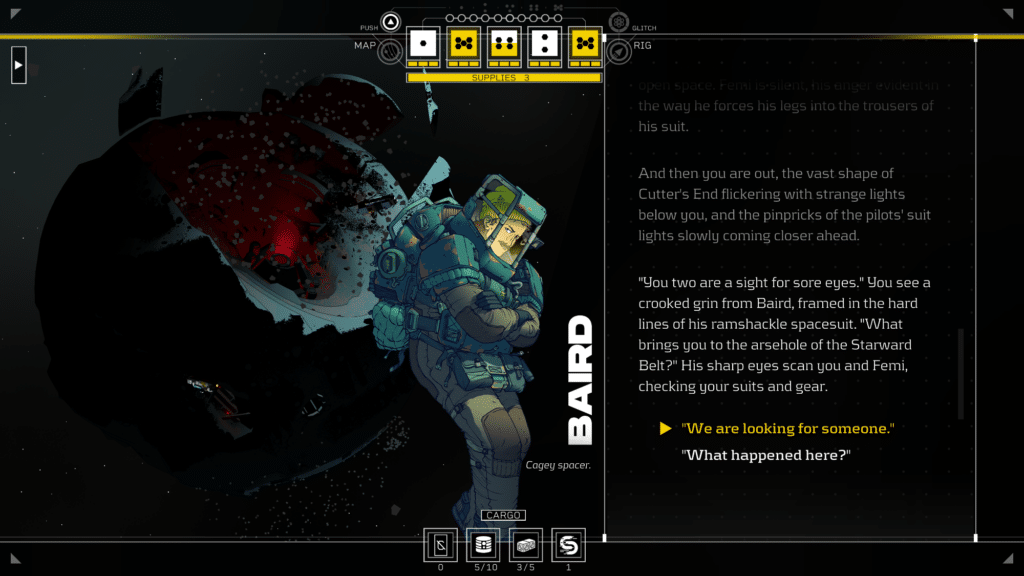
Think of it as Disco Elysium meets Mass Effect, but with dice instead of guns. Like Disco Elysium, it’s a narrative RPG where every interaction matters and your character’s state affects your chances of success. But unlike Disco Elysium‘s skill checks, Citizen Sleeper uses a dice system reminiscent of tabletop RPGs like Blades in the Dark. If you’ve played Shadowrun: Dragonfall or Planescape: Torment, you’ll find familiar themes of identity and existence, but explored through a unique mechanical lens.
The original Citizen Sleeper confined players to a single space station called Erlin’s Eye, where your Sleeper had to survive while building relationships, uncovering mysteries, and finding their place in a world that viewed them as corporate property. Like Sunless Sea, it created a rich atmosphere of mystery and danger, but with a more intimate focus on personal connections and survival.
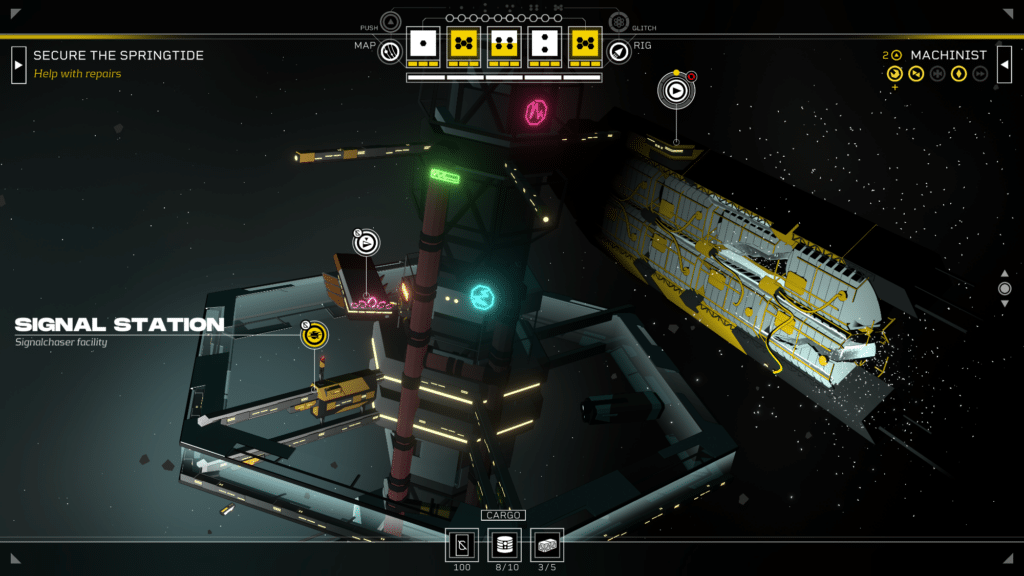
Introduction: A Digital Odyssey
Citizen Sleeper 2: Starward Vector emerges as more than just a narrative RPG—it’s a philosophical examination of consciousness, autonomy, and collective resistance in an age of digital diaspora. Set in a universe where human consciousness can be digitized and implanted into artificial bodies, the game interrogates fundamental questions about the nature of identity and freedom. As a Sleeper—a consciousness-bearing android—players navigate not just physical space but the liminal territory between human and machine, between individual agency and systemic constraints. This sequel expands beyond its predecessor’s confined setting to explore how identity and community persist across the vast emptiness of space, asking whether freedom of movement truly equals liberation.
Player Agency and Choice Impact
One of the most crucial aspects of Citizen Sleeper 2 is how it handles player choice. Unlike games such as Mass Effect which often telegraph their major decisions with clear good/evil paths, or Telltale Games‘ more binary choice systems, Citizen Sleeper 2 presents choices that ripple through both narrative and mechanical systems in subtle ways. Your decisions affect:
- Relationship dynamics with crew members
- Available storylines and opportunities
- Resource distribution and access
- Station politics and faction standings
- Long-term narrative consequences
However, unlike its predecessor, where choices primarily impacted a single contained ecosystem, the sequel’s expanded scope means your decisions have wider-reaching but sometimes less visible effects. This can make choices feel both more significant and, paradoxically, more diluted.
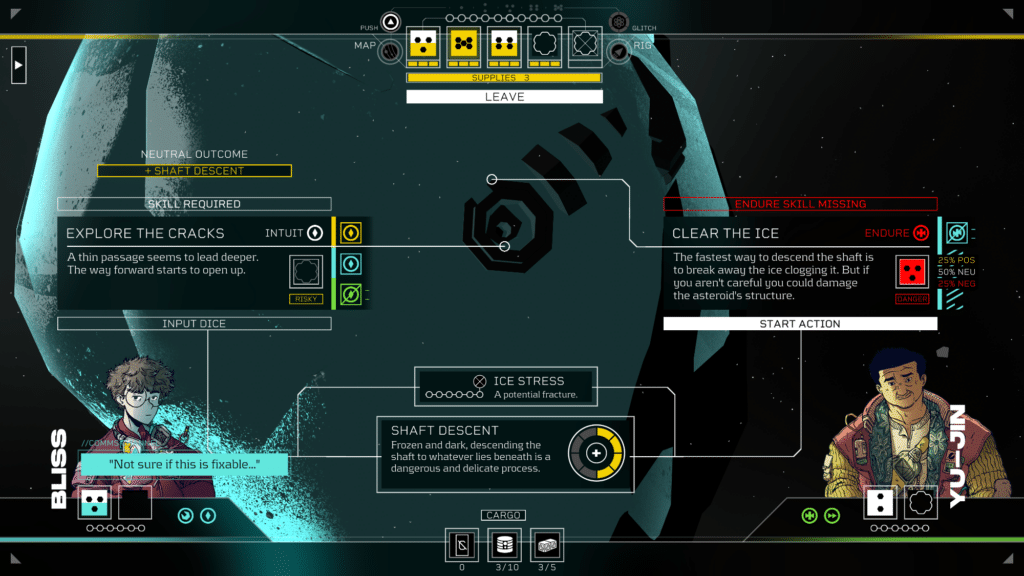
Evolution of the Formula
In the vast expanse of space-themed RPGs, Citizen Sleeper 2: Starward Vector carves out its own distinctive niche, weaving together narrative excellence with innovative mechanics. Where its predecessor confined players to the closed ecosystem of Erlin’s Eye, this sequel from Jump Over the Age explodes outward into the Starward Belt, trading claustrophobic intimacy for expansive possibility—though not always to its benefit.
Setting and Narrative Framework
Set in the deteriorating Starward Belt, the game drops players into a labyrinth of abandoned space stations and asteroid colonies. The shift from the first game’s single-station setting to this sprawling sector fundamentally alters the storytelling approach. While the original created a deep, interconnected web of relationships within a confined space, the sequel opts for a more episodic structure that sometimes sacrifices depth for breadth. Your Sleeper, now freed from the pharmaceutical dependencies that drove the first game’s urgency, faces a new antagonist in gang boss Laine—a threat that feels more conventional than the systemic oppression that pervaded the original.
Mechanical Complexity and Cognitive Load
The game’s signature dice-based gameplay returns with sophisticated—perhaps over-sophisticated—refinements. The new stress system, while thematically resonant, introduces a layer of complexity that frequently threatens to overwhelm. Players must now juggle not only the base dice allocation system but also monitor stress levels that can deteriorate their dice pool, creating a cascade of mechanical concerns that sometimes overshadows the narrative experience.
The game’s signature dice-based gameplay returns with sophisticated—perhaps over-sophisticated—refinements.
This system, combined with crew management and resource tracking, creates a cognitive load that can feel less like engaging gameplay and more like spreadsheet management.
Crew Dynamics and Strategic Depth
The crew recruitment system represents both the game’s greatest innovation and its most demanding feature. Unlike the first game’s more straightforward relationships, each companion now brings their own dice pool and abilities, exponentially increasing the tactical possibilities—and mental overhead. While this system creates meaningful mechanical and narrative relationships, it also requires players to track multiple characters’ stress levels, abilities, and relationships, sometimes reducing intimate character moments to resource management puzzles.
Visual Evolution and Artistic Direction
Guillaume Singelin’s art direction demonstrates clear evolution from the first game. While the original established a distinctive visual language, the sequel expands it across varied environments without losing coherence. Character designs retain their manga-inspired vitality while introducing greater variety in both human and mechanical entities. The environmental design particularly shines in differentiating various stations and colonies, though some may miss the focused, lived-in feel of Erlin’s Eye.
Existential Themes and Digital Philosophy
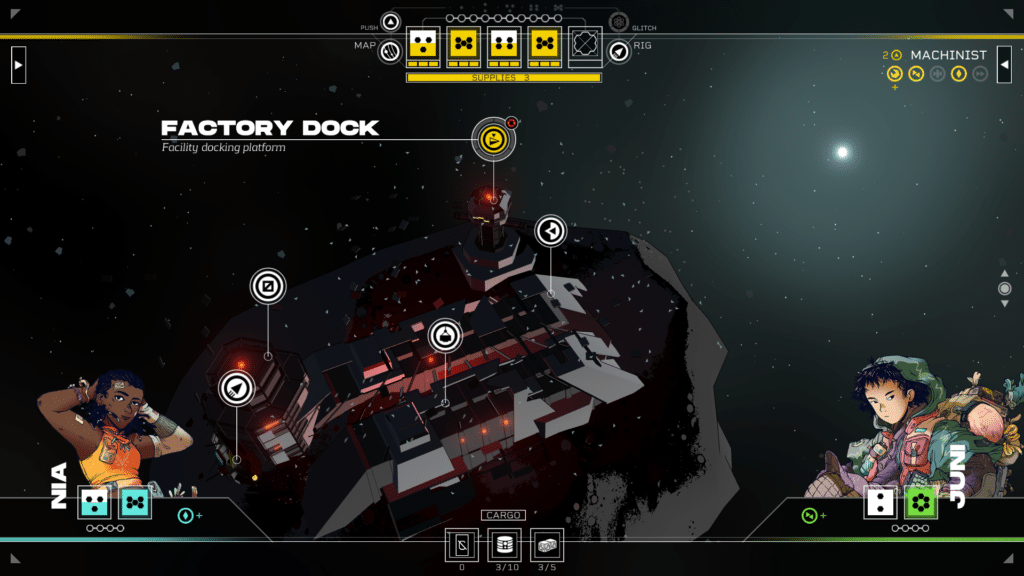
The game’s narrative architecture builds upon contemporary philosophical debates about consciousness and artificial intelligence. While the first game asked what it means to be human in a digitized form, the sequel explores how digital consciousness might evolve when freed from its original constraints. The stress system serves as more than just a game mechanic—it becomes a meditation on the persistence of human vulnerability even in artificial forms.
Conclusion: Digital Humanity in Transit
Citizen Sleeper 2 ultimately poses questions that resonate beyond its science fiction setting: How do we maintain our humanity in an increasingly digitized world? What constitutes authentic connection in an age of digital mediation? The game’s mechanical systems, while sometimes overwhelming, serve as a complex mirror to our own struggles with technology, identity, and community. Its expansion into space reflects our own digital diaspora, as we seek connection across virtual spaces while grappling with the limitations of our physical forms.
For fans of narrative-driven RPGs, Citizen Sleeper 2 represents a significant evolution in how games can merge mechanics with meaning. While it may overwhelm those expecting the more contained experience of the first game, it offers depth comparable to Disco Elysium or Planescape: Torment, but with its own unique mechanical language. It’s not just a game about choices—it’s about how those choices weigh on both the character and the player, creating a resonant commentary on freedom, responsibility, and the cost of independence.
Citizen Sleeper 2: Starward Vector

Summary
For fans of narrative-driven RPGs, Citizen Sleeper 2 represents a significant evolution in how games can merge mechanics with meaning. While it may overwhelm those expecting the more contained experience of the first game, it offers depth comparable to Disco Elysium or Planescape: Torment, but with its own unique mechanical language.
As always, remember to follow us on our social media platforms (e.g., Threads, X (Twitter), Bluesky, YouTube, and Facebook) to stay up-to-date with the latest news. This website contains affiliate links. We may receive a commission when you click on these links and make a purchase, at no extra cost to you. We are an independent site, and the opinions expressed here are our own.





